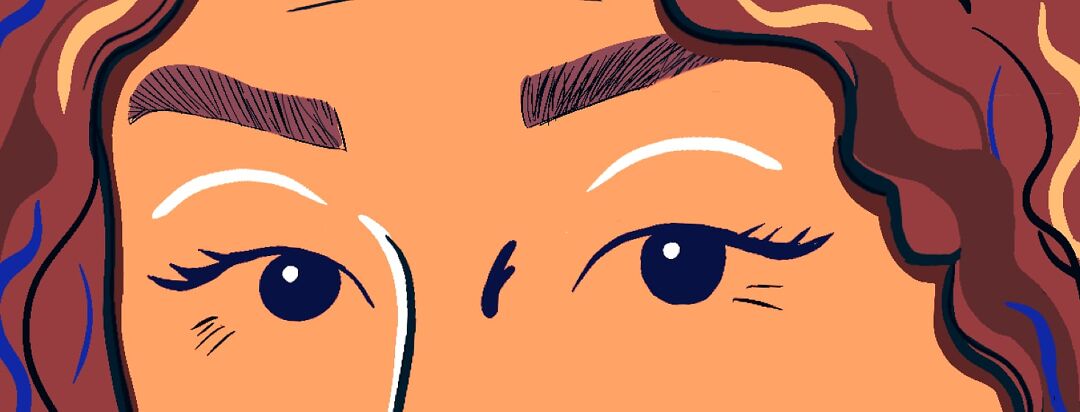Losing My Expressiveness to Thyroid Eye Disease
I have always been an expressive person. I have been acting, singing, and dancing since I was a child. Public speaking is part of everything that I do, and I love being an animated storyteller. People would often tell me how expressive my eyes were when I performed.
It feels ironic to think about that now because a few years ago I began experiencing symptoms of thyroid eye disease (TED). The muscles behind my eyes started to swell, pushing my eyes unnaturally far forward. Combine that with eyelid retraction, and my already large eyes were growing much bigger. I was horrified. Looking at myself in the mirror, anything I said or did - I looked alarming. And the more animated my face got during a story or a song - there were many times that I was taken aback by how I looked. Unnerving? Scary?
I became less expressive with thyroid eye disease
I was already experimenting with makeup techniques that helped my eyes look a bit smaller. However, eyeshadow and liner were no match for TED when I spoke more energetically. I gradually realized that if I focused on relaxing my face and eyelids, my eyes looked less alarming when I spoke.
While this did help to some extent, there were negative consequences, too. Surprised? Don’t let those eyebrows go up. Happy? Don’t smile too brightly. Relax everything downwards. I could hear my voice becoming less dynamic, a bit flatter, and I could feel myself growing more constrained and less expressive. As an actor it felt terrible, but much of this was happening during the COVID-19 pandemic. I was not performing at the time, and I was just focused on trying to get by. Nonetheless, deep down to my core it made me feel so sad. But seeing an alarming person in the mirror made me sad, too. I felt like TED had stolen so much from me.
Surgery made me feel more like me again
And then, after what felt like an eternity of waiting, I finally was able to have surgery. I underwent four surgeries to help correct the damage TED caused - two orbital decompression surgeries (one on each eye), upper eyelid surgery to correct the lid retraction, and a lower eyelid surgery.
After feeling so devastatingly sad and lost, surgery gave me so much. I remember looking at myself in the mirror and exclaiming “I can lift my eyebrows!” I raised my cheekbones and could hear my voice brighten. I started giving myself permission to release control and let my body react more naturally. It was like a heavy weight was lifted from my shoulders. It felt like taking a refreshing breath of crisp autumn air. I felt more like me.
Adjusting to the "new" me
I am always continuously adjusting because my eyes are still bigger than they were before TED. But I’m making progress. It’s a process of letting go of past trauma, becoming more comfortable in my body, and trusting myself. I continue to enthusiastically explore how I can express myself more freely as the “new” me.

Join the conversation